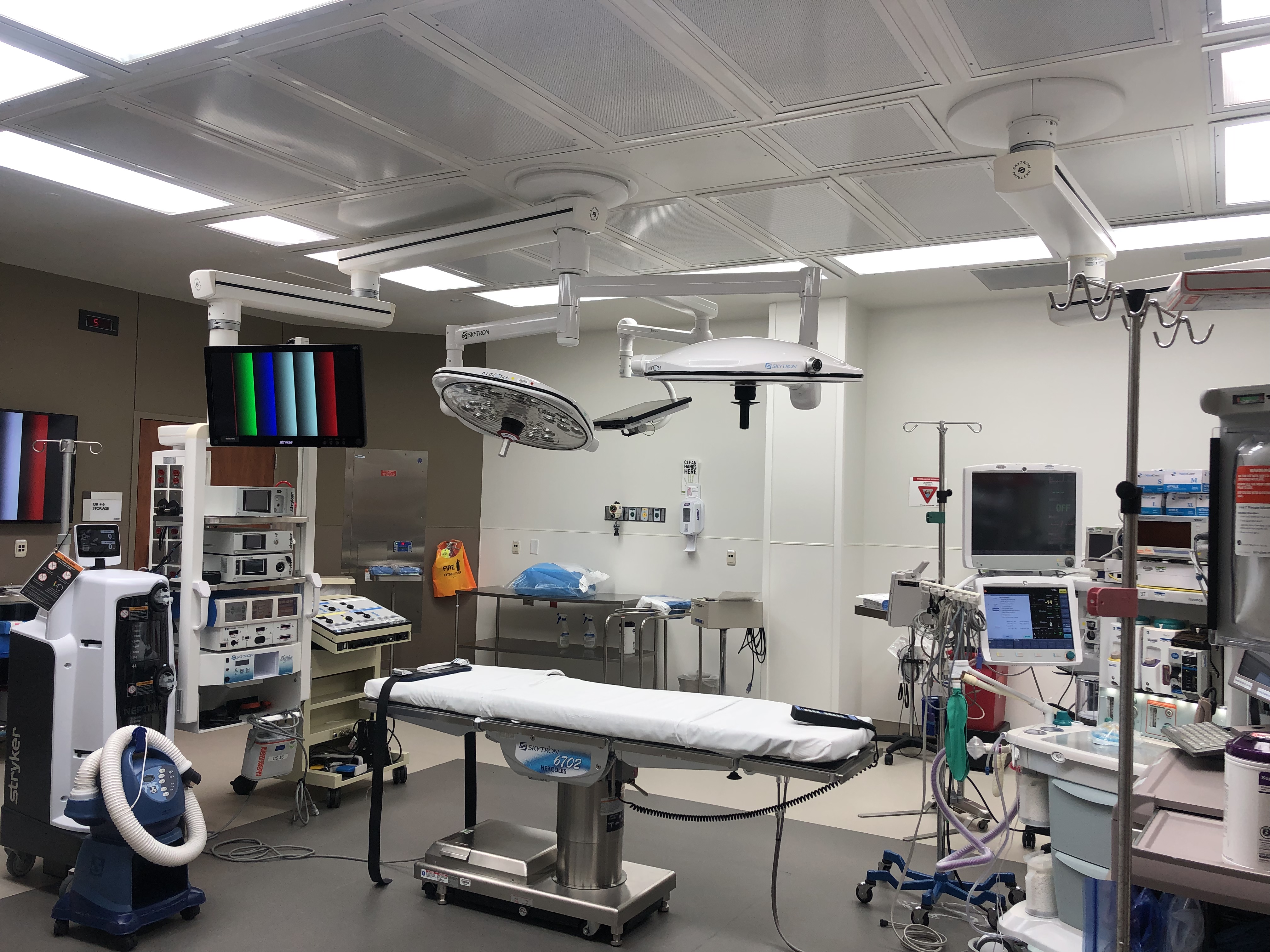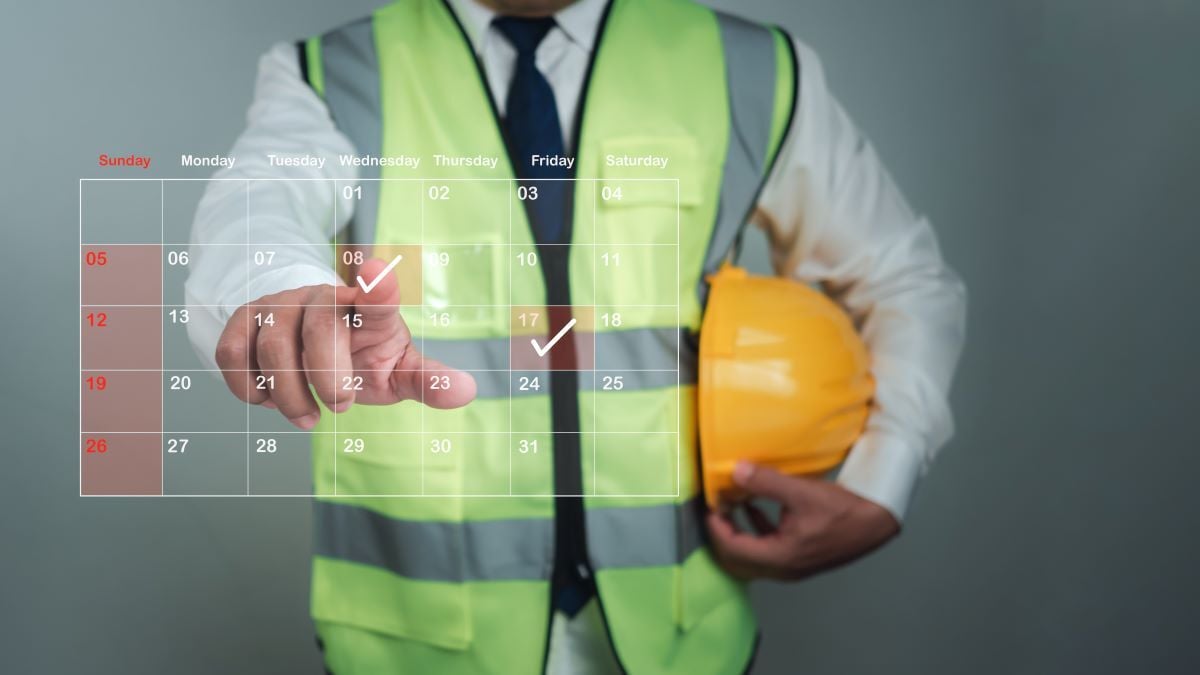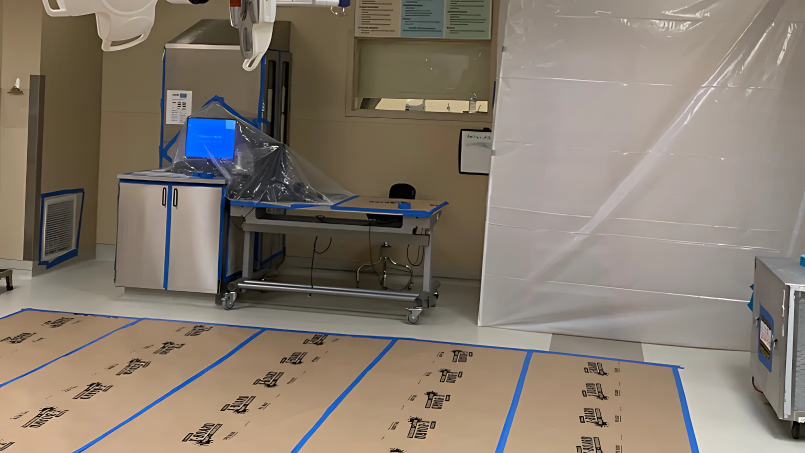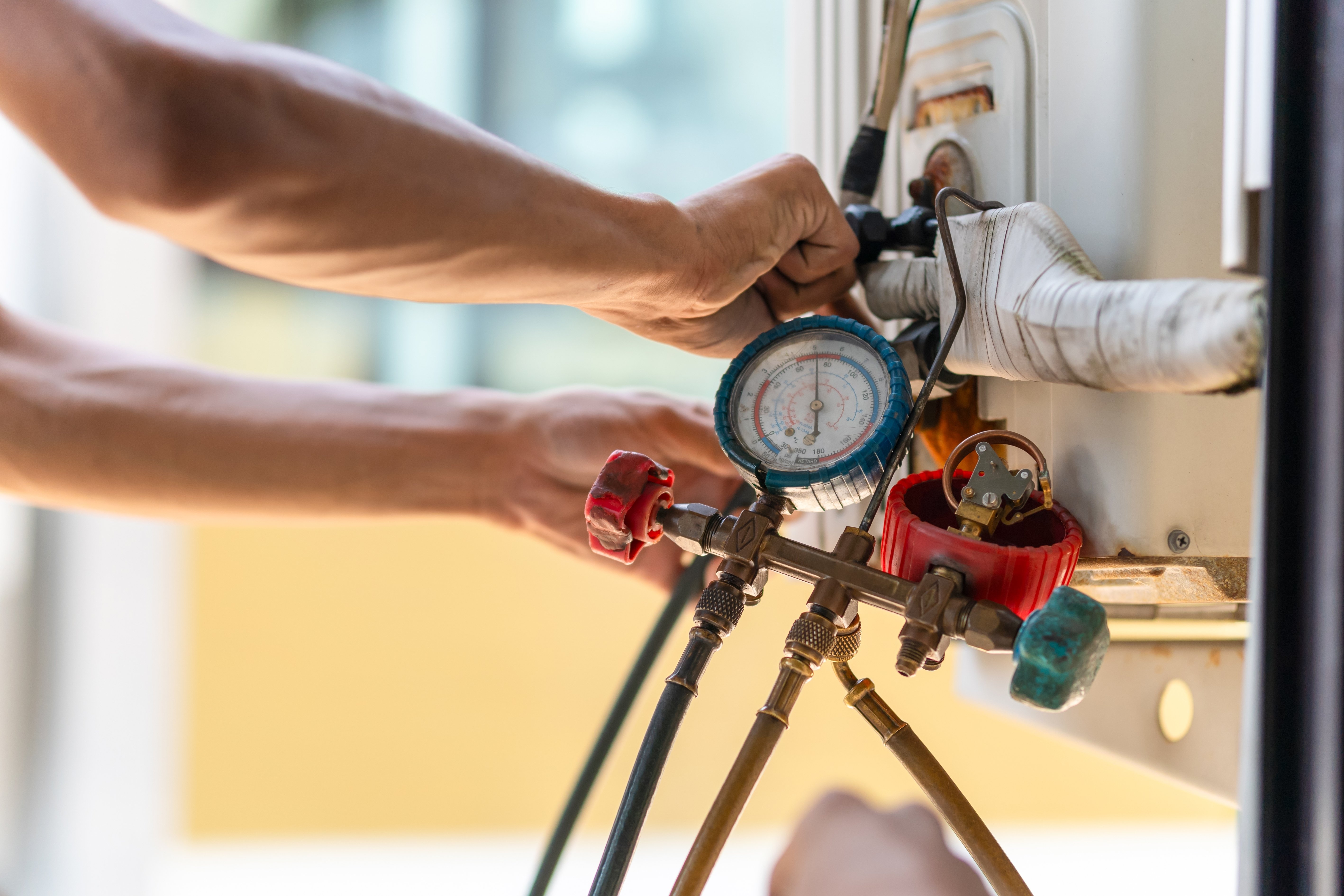The global coronavirus pandemic has impacted our lives and jobs in so many ways. Looking forward, it appears that it’s going to continue to do so for years to come. In the healthcare construction space, for example, several new trends are expected in 2021 specifically to help prevent or reduce infection rates. These may include reconfiguring waiting areas, increasing automation technology, upgrading HVAC systems and installing temporary plexiglass contained “ante-room” spaces where medical staff can put on personal protective equipment before entering patient rooms.
“Industry analysts expect to see these changes and other new technologies integrated into new construction as well as renovations to existing hospitals, ASCs and urgent care centers,” said Rachel Wolfe, president of KR Wolfe, Inc. “Since the early days of the pandemic, our experienced construction teams have been busy helping medical facilities cope with higher patient volumes and elevated infection control provisions. In 2021, we anticipate a continued influx of healthcare construction projects focused on these challenges.”
Waiting Room Areas Redesigned for Social Distancing
Healthcare facilities will likely look to their construction partners to build waiting room areas that allow patients and visitors to spread out comfortably with adequate social distancing space. Surfaces in and around these areas will be designed for easy cleaning and sanitization, with the wide use of antimicrobial materials, such as polyester-vinyl composites and acrylics. Hard surfaces and chair coverings may also feature similar antimicrobial materials for easy maintenance and cleaning.
Touchless Entryways and Fixtures
To reduce the number of surfaces touched by hand, hospitals and other healthcare facilities will be looking more at automation in 2021. Hospitals, ASCs and urgent care facilities are shifting towards automated doorways, touch-less faucets, hand sanitizer dispensers and more. In addition to improving infection control, automatic doors will also give healthcare facilities greater control over where visitors are permitted to go. If a section of the building requires restricted access, healthcare personnel can automatically lock entry-exit doors rather than having to do so manually.
Wider Hallways and Larger rooms
People with a wide range of health issues, many of which are contagious, frequently visit healthcare facilities. In the future, buildings will be designed or renovated with wider hallways and larger rooms to keep people from passing too close to each other. Facilities that do not have budgets for major renovations to infrastructure may look to create flexible or modular layouts, which include installing dividers or other elements to separate infected patients from healthy patients, visitors and healthcare personnel.
Updated HVAC for Better Infection Control
Airborne diseases can circulate through a building’s heating, ventilation and air conditioning (HVAC) systems. Engineers are analyzing how these systems can be updated to ensure a continuous flow of safe, clean air across different rooms within healthcare facilities. HVAC professionals and facility managers will be looking at HVAC systems to help maintain optimum pressurizations. Newer systems will convert neutral pressure rooms to negative pressure rooms to allow air from outside the room to infiltrate, keeping potentially harmful particles from leaving the controlled space.
In order for healthcare and commercial buildings to meet minimum air quality requirements, new parameters for HVAC standardization are being explored and may be adopted in the coming years. This would make it easier to convert commercial spaces into healthcare facilities in case of emergencies.
New Opportunities to Serve Commercial Real Estate
Growing trends in teleconferencing and employees working from home are expected to cause a slow-down in the construction of new commercial real estate. At the same time, however, these trends will drive an increased demand to upgrade conference room facilities. Upgrades will likely include the installation and integration of leading-edge audio-visual and telecommunications hardware and software systems. Such systems are rapidly becoming more essential for businesses to stay connected and serve customers in today’s global economy. KR Wolfe’s Equipment Installation Division excels at making the technologies of tomorrow work today.
Is Your Facility Planning Renovations in 2021?
At KR Wolfe, every successful construction, renovation or installation project begins with a friendly conversation based on your specific needs and challenges. Contact us today for an expert consultation.
KR Wolfe, Inc. — Making The Equipment & Technology Of Tomorrow Work Today





